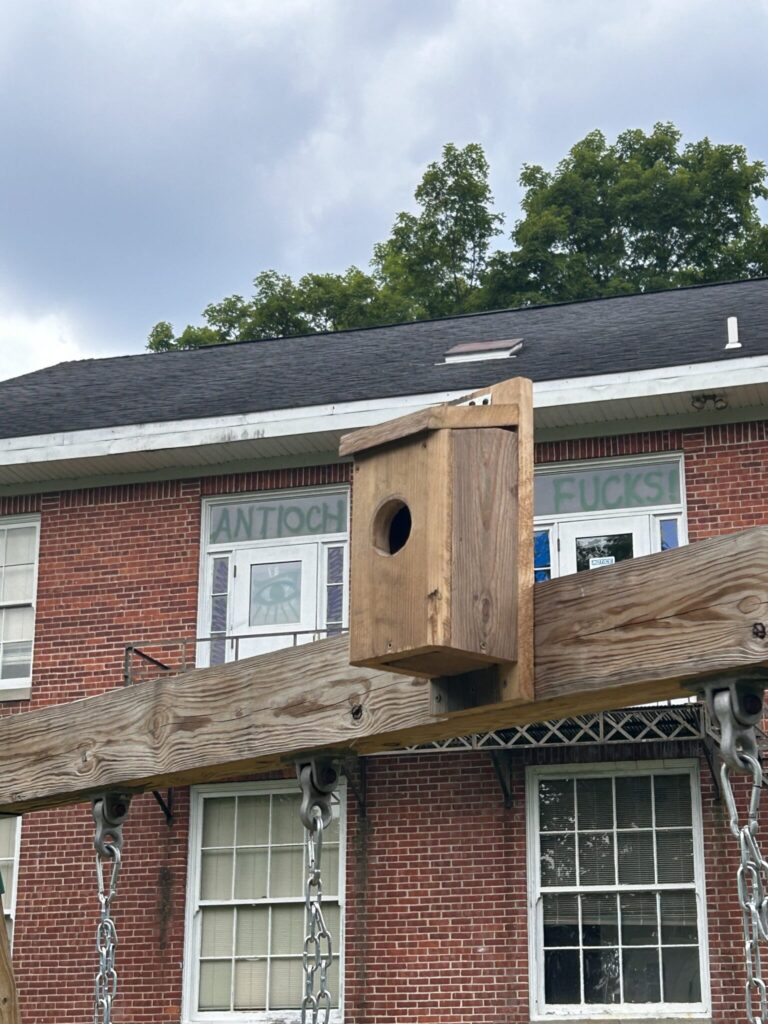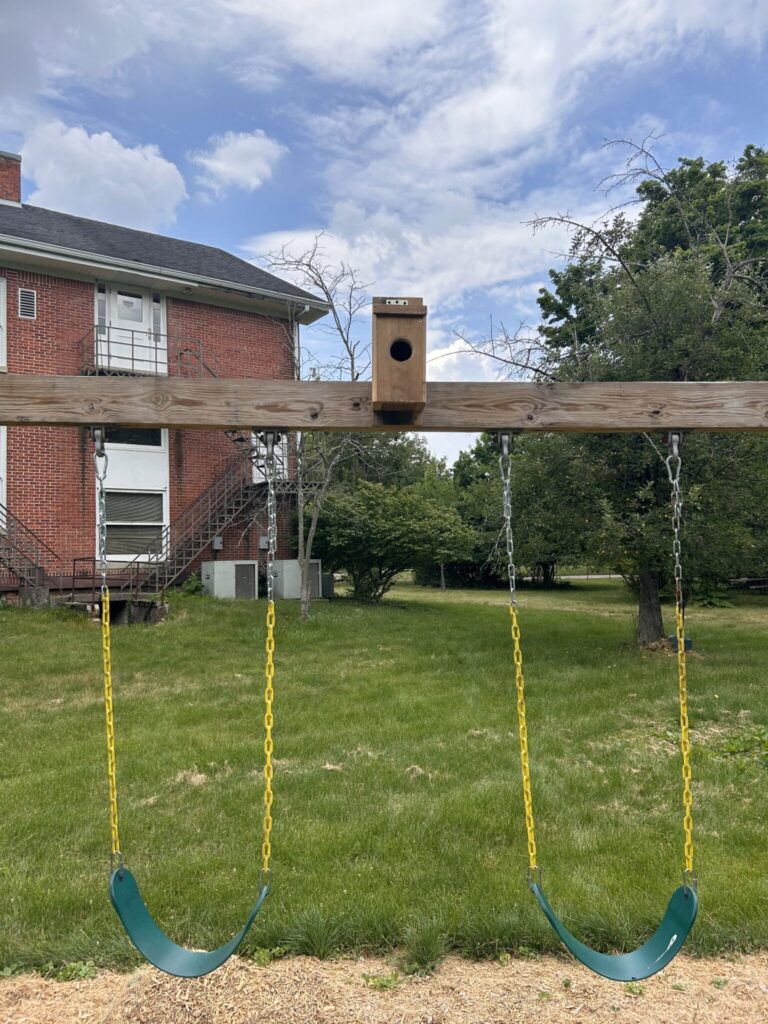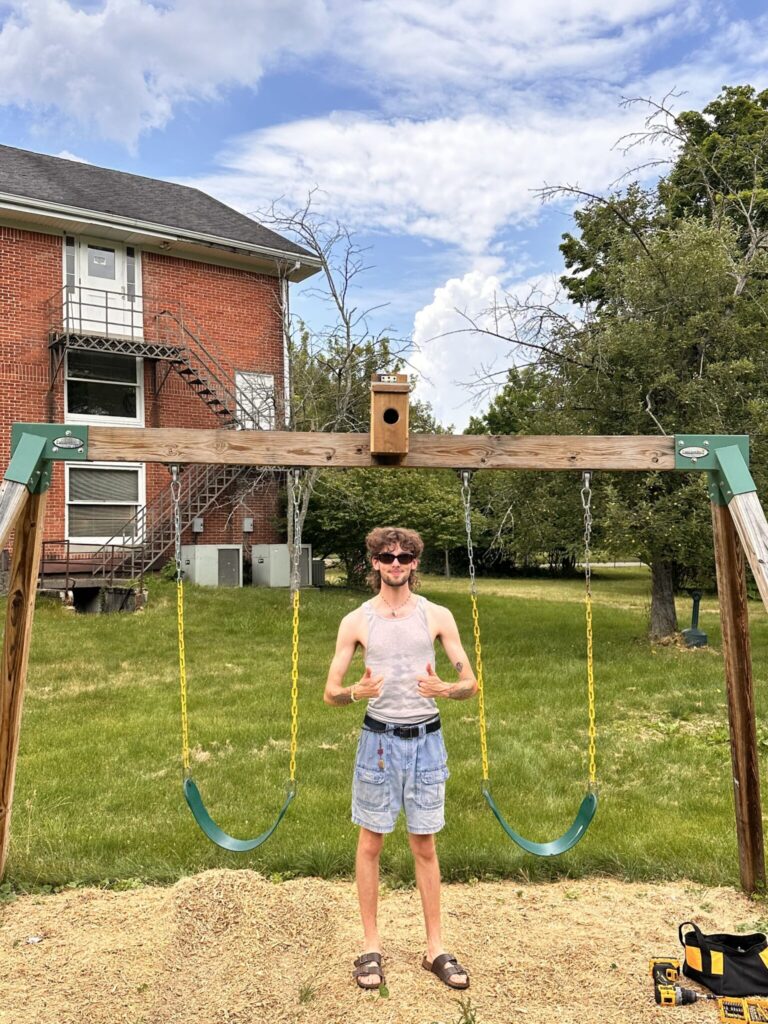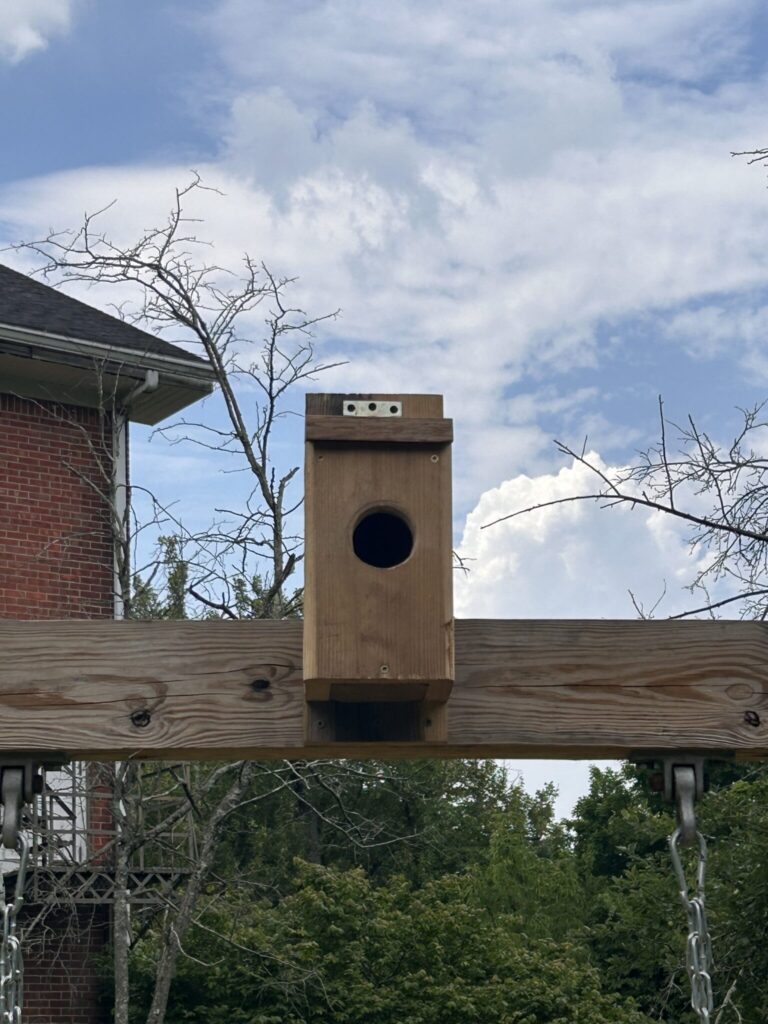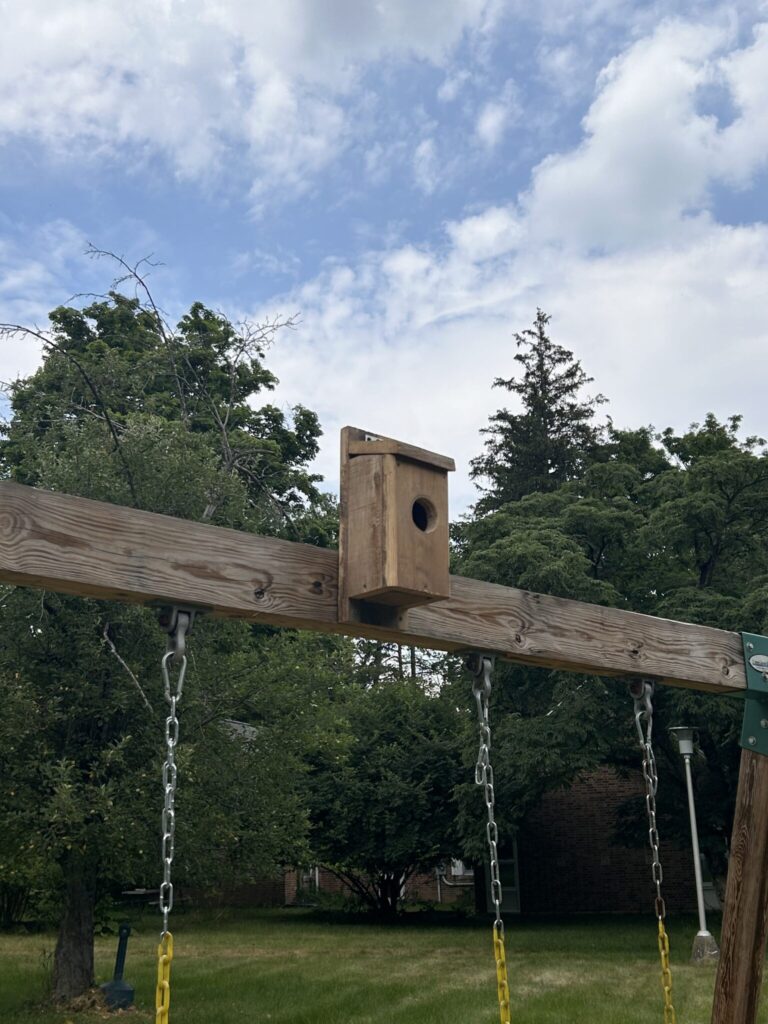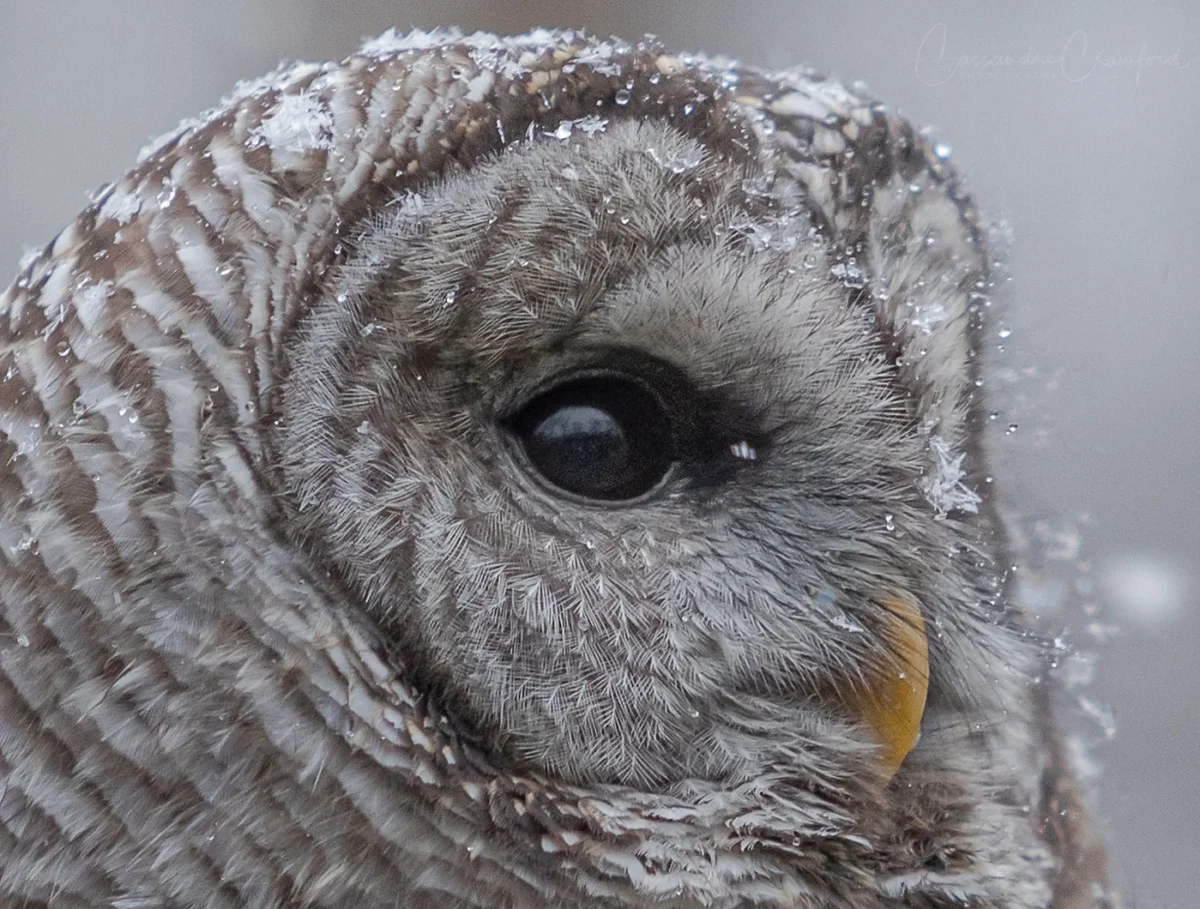Over this past spring, I have been deeply committed to fostering a harmonious relationship between education and ecological stewardship. One recent initiative—a crafted birdhouse near the campus apothecary garden—exemplifies this dedication. Designed to promote avian habitat and facilitate ornithophilous interactions, which is the act of pollination by bird species, this project supports local wildlife and enriches our campus ecosystem and educational experiences.
The construction of the birdhouse involved meticulous planning and sustainable practices; I chose heat-treated wood for its durability and finished it with an all-natural hemp sealant to ensure the structure remained eco-friendly. The birdhouse features a stainless steel hinged roof, allowing easy access for cleaning, and is assembled with sturdy steel screws. One of the main challenges was securing the birdhouse to its base from the interior, which we overcame using an extender drill bit provided by Richard Kraince. This innovative solution ensured the birdhouse’s stability and functionality.
Completing this signature assignment gave me valuable insights into the best practices for birdhouse orientation and preparation. Positioning the birdhouse facing east minimizes exposure to prevailing winds while maximizing sunlight, keeping the interior warm throughout the year. Additionally, filling the interior with an inch of natural substrate before installation has been proven beneficial, as birds prefer to clean out and personalize their nesting spaces rather than starting with an empty house.
The birdhouse is strategically placed approximately fifty feet from the apothecary garden. This location, surrounded by a 30-foot diameter of unobscured area, provides ample space for birds to fly in and out freely while staying close enough to interact beneficially with the apothecary garden and nearby area. We anticipate that this project will enhance pollination and seed dispersion throughout campus, contributing to its growth and biodiversity.
Looking forward, this birdhouse represents a small yet significant step in the broader conservation efforts I plan to undertake during the latter half of my undergraduate career. I aim to build on this initiative with my senior project. This involves implementing red-colored light-gel sheets into the artificial lighting within our campus restoration area near the Arts & Sciences Building, which will be monitored against a white-light restoration area near Weston Hall and Pennell House. This initiative is designed to create a safer environment for local bats, night-migrating birds, and other urban wildlife.
This birdhouse project is more than a simple construction; it symbolizes an ongoing commitment to ecological harmony and educational growth at Antioch College. Whether you’re interested in building birdhouses, contributing to our apothecary garden, or participating in other efforts, your involvement can make a significant impact; together, we can achieve victories for every species!


